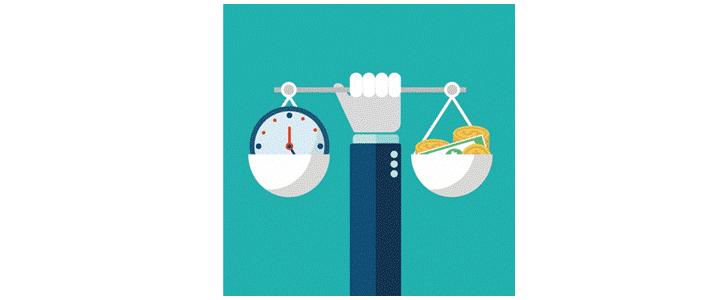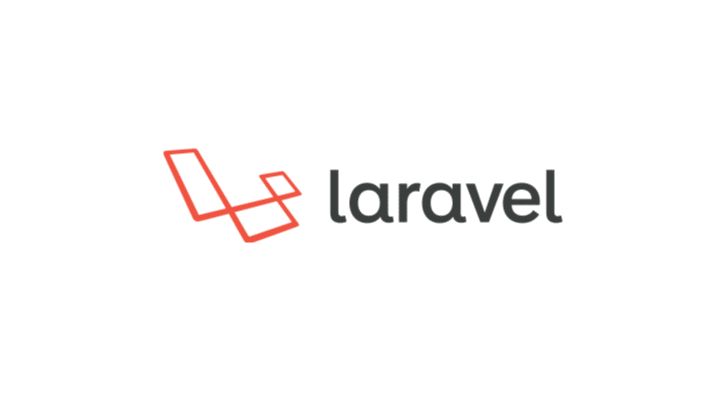Laravel is one of the best PHP frameworks for the development of commercial web applications. This is evidenced by PHP developers’ growing interest in Laravel compared to Symfony, Codeigniter, Yii, Zend. PHP framework is a platform that allows developers to create high-quality sites and save time on development.
Here are some of the leading players in this arena:
- Laravel
- Symfony
- CodeIgniter
- CakePHP
- Zend
- Yii
But amid all this diversity, for some reason, Laravel is recognized as the best.
What is Laravel?
Wikipedia tells us that this is an open-source (absolutely free) framework created by a certain Taylor Oval, the next MVC architecture and based on Symfony.
Because the creator of Symfony in the second version made the components of the framework independent of each other, you can safely disassemble it into pieces and collect anything from them. That’s from such details and was created by Laravel.
So, what are the benefits of Laravel?
1. High security
There are two main safety problems: SQL injections and cross-site scripting.
The first framework is protected by ORM, which, by default, eliminates the possibility of “raw” SQL queries and normalizes all parameters when they are built. Everything that can harm the data is removed from them.
And the second is solved by shielding banned HTML tags and displaying the screened line as regular text without executing it.
2. Increased performance. Caching
The default is to cache at the file system level. But you can change this behavior and use non-S’L databases: REDIS, Memcache, or APC. They store data in the form of key-value pairs and do so in the server’s RAM. As a result, access to data is drastically reduced and allows developers to cache any amount of data. In this art, the developer’s main thing – to correctly invalidate the cache and remove outdated data in time when changing it.
3. Authentication
Users can be authenticated through both forms and social networks, thanks to OAuth mechanisms.
4. Open code and large community
The product on Laravel is easy to maintain and search for developers for its project from a large number of framework adherents. Open code allows anyone to participate in the upgrade of the framework and its third-party applications.
5. Patternizer blade
It can standardize and reuse the same pattern in different parts of your application. However, the template does not restrict the developer from using native PHP methods of patterning. You can write spaghetti code, although it is not encouraged by the community.
The blade template is relatively lightweight and doesn’t impair the performance of web page generation.
6. Migration databases
The programmer can easily change the structure of the database and roll back changes in case of an error.
This is especially true in group development, where all participants in the process can update a local database with a new structure. You can also fill databases with test data.
All of this excludes situations where someone on the team has made changes to the database and broken all colleagues’ applications because their database does not contain what the code works with.
7. MVC Architecture

One of Laravel’s greatest advantages is its architecture. The model-view-controller template allows developers to develop an improved architecture. This feature makes Laravel one of the best open PHP frameworks.
Laravel is fully compliant with the MVC architecture, which directly affects –
- Documentation;
- Flawless operations between multiple functions;
- With MVC design, complex web applications can be created with ease. The platform allows developers to create different user interfaces and business logic.
- Laravel is built into the Blade template. Using this feature, you can improve your site’s performance by linking the PHP code to the view and collecting views for PHP codes.
8. Object-oriented libraries
Laravel comes with a lot of pre-installed libraries. One of them is the authentication system. All libraries are very light and friendly for developers to use. Object orientation allows you to reuse the code and avoid duplicating it.
9. Unit Tests
When developing medium- and high-complexity projects, manual testing takes a long time. Each new feature potentially threatens bugs and in the most unexpected places.
Unit or unit tests allow you to test software components within the system. In these tests, you connect the test component, function, class, and pass on the inputs it needs to work with, and then receive and analyze the output to adequacy.
Laravel has built-in PHPUnit-tests from thebox.xml. In addition to modular, there are also functional tests where the system is checked by the user, emulating all his actions. Such tests are conducted with the participation of the browser.
10. Promising apps
Thanks to the wide community, we have a very extensive library of applications written for Laravel, and these applications are continually evolving and supported by authors regardless of who uses them. Therefore, if you have used a third-party application, it will develop independently of you.
11. Friendly code

When developing libraries for distribution and reuse, all developers strive to make the code clear to other programmers. Therefore, working with the framework brings not only material but also moral dividends.
12. Multilingualism
Laravel’s choice offers enormous benefits for projects that target different language audiences. Your project can be translated into many languages very simply and quickly.
13. Integration with mail service
Laravel provides a simple API on top of the SwiftMailer library. It also has drivers to SMTP, Mailgun, Mandrill, SparkPost, Amazon SES, PHP “mail,” and “send email” features that allow the app to send mail locally or via cloud services.
14. Dealing with errors and exceptions
When creating a new application, Laravel already has configured error and exclusion handlers and an integrated Monologloging library with multiple handlers. How you handle bugs and exceptions can have a big impact on the usability of your application. User forms are the most commonplace to occur. The system detects the location of the error and notifies the user.
15. Deferred Task System
Laravel has a system of organizing queues from long-playing processes. It’s also a handy API for a variety of different backends to manage these queues. This allows you to delay the execution of processes that take a long time not to inhibit the user’s issuance of pages. For example, deferred sending emails to users.
16. Running tasks on schedule
Previously, developers were forced to create a Cron copy for each task on the server. This was a headache because it was necessary to enter the server every time through a ssh connection and run several commands. The Laravel team planner allows you to flexibly manage periodic commands’ start schedule with only one copy of Cron on the server.
17. Development speed
Today, every business is looking for ways to implement new technologies as quickly as possible to stay afloat and compete successfully in the IT market. Using Laravel will help you speed up the production process and implement your ideas as soon as possible.
Why use Laravel (PHP framework) for the development of your systems?
1. Laravel is one of the most used frameworks
Laravel is the second most shared framework or with more projects on the GitHub collaborative development platform. The first is vue.js (a front-end framework). But, if we go to the subcategory of back-end frameworks, Laravel is the first, and the same situation happens if we go to the PHP framework subcategory. As Laravel is one of the most shared frameworks on collaborative development platforms and one of the most widely used today, a broad community has been created around the world of Laravel developers, and blogs have been created, especially with information about Laravel. Like Laraveles, Laravel Mexico, or Styde.net.
As an experience, I can tell you that while I was learning Laravel, I was even in a telegram group for new users who wanted to specialize in Laravel. I came across help and valuable information on dispute resolution platforms like Stack Overflow and Laracasts. The opposite is the CodeIgniter framework, where access to information or doubt resolution was more complicated.
2. Allows you to focus on the different/complicated of your app and not the basics
There are standard application features, such as a login dashboard, a section to register new users, or a database table for system users. Methods must therefore be developed and created in the code for the operation of these features.
In laravel, these functions do not require much time or effort, and it only takes a terminal command to implement them.
Laravel, having a framework for essential and common functions, should only take time to focus on what is different from our application from the others, such as processes related to mathematical operations and system conditions.
3. No more spaghetti code

Web systems always need a logical layer for back-end management and a visual layer for user interaction. Many times out of inexperience or derecognize, many developers often put together, i.e., styles, HTML, programming language, and querying the database in the same file, making code incomprehensibly complicated, more so if you work collaboratively with more software developers.
Laravel helps us maintain an aesthetic of code ordered and separate, being a framework of type MVC – model, view, controller – wherein the model is the database and its tables, the controller for logical operations, and the view to everything related to graphical interfaces.
4. Laravel Officer’s documentation is robust
If you want to create a simple app with Laravel, you don’t need to spend several hours of your day watching extensive courses or tutorials to get started. Laravel’s official documentation on its page is nourished material, with a lot of information and even better in an easy way for understanding and understanding.
Here you can see it: Laravel documentation.
5. Comfortable database connection environment and database management
Connecting a database to a system that is being developed on Laravel consists only of configuring a file named .env, specifying the server on which it is hosted, the name of the database, and the user’s credentials created. This is extremely simple compared to connecting to the database in flat PHP or even in frameworks like Codeigniter.
Besides, no SQL statements are required to use stored data or enter new data due to the Laravel ORM eloquent.
6. Reusable view systems

There are systems where all graphical interfaces and views share similarities. A typical example is a web page that contains the same navigation bar, the exact bottom, and side information bar in all its thoughts, so Laravel proposes creating templates in views to avoid redundant statements.
Web Apps development
Have a creative idea? Contact us now and
let’s transform it into a Web solution.
7. Saving time

In software development companies where web system creation must be dynamic and agreed deadlines for project delivery, a framework represents an option for reducing time in a system’s development cycle. What you have flat WITH can take a month with Laravel; you could do it in half.






